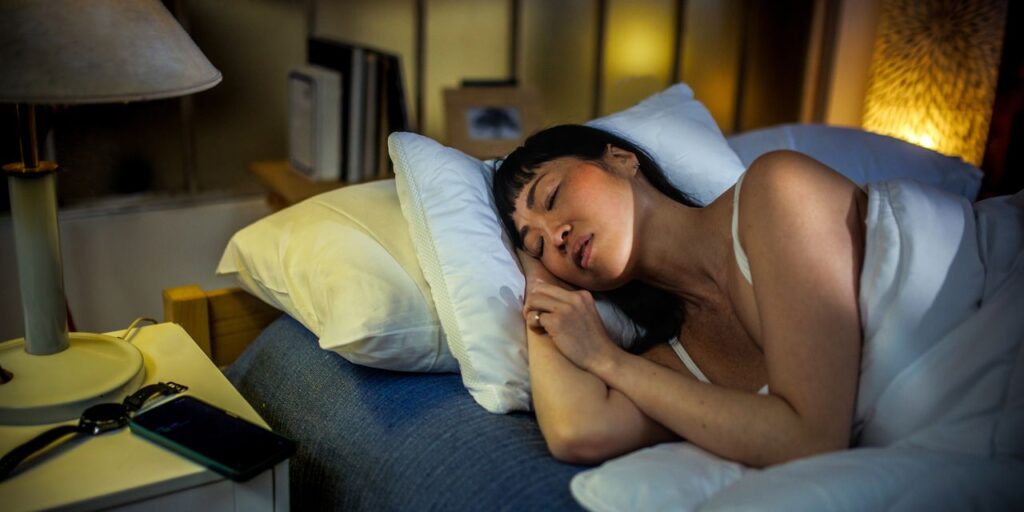Most people acknowledge that there are two types of sleepers in the world—early birds and night owls—but research has shown that there are actually four or more sleep-wake cycles. The time you naturally open your eyes in the morning and doze off in the evening is the individual expression of your circadian rhythm, a.k.a. your chronotype, which also drives when you feel most alert or sleepy throughout the day.
Your chronotype is based on natural daily fluctuations in your body temperature and hormones. Generally, body temp rises as daylight increases. Alertness-boosting cortisol also notches upward in the morning, and then levels off and dips as daylight fades, coinciding with your level of mental awareness. As the sun sets, the sleepiness-promoting hormone melatonin replaces cortisol.
The exact cadence of this flux varies based on genetics, Jennifer Martin, PhD, spokesperson for the American Academy of Sleep Medicine and professor of medicine at the David Geffen School of Medicine at University of California Los Angeles, tells SELF. The morning larks among us have a faster-ticking body clock, so this whole schedule kicks off earlier, she explains, while the night owls have a slower clock, pushing the pattern later. Most people fall somewhere in the middle.
If you sync up your everyday schedule with your chronotype, you could find it easier to get quality sleep and also get things done. Read on to find expert advice for determining your chronotype and using this intel to align your activities with your body’s innate rhythm.
3 ways to figure out your chronotype
There’s debate among researchers about exactly how many chronotypes there are, but Dr. Martin says it’s helpful to think of these schedules as a continuum spanning from the earliest-rising larks to the latest-sleeping night owls.
You might intuitively know if you have a strong inclination toward one extreme or the other, but sometimes the requirements of work and other daily obligations can overshadow our true preferences. So Dr. Martin suggests thinking about how you act on vacation (when you’re not jetlagged). “If you love staying up late and sleeping in until 10 or 11:00 a.m., you probably have night-owl tendencies,” she says. Whereas, “if you go on vacation, and you’re super excited about a 6:00 a.m. tee time, for example, you’re likely a morning person.”
To get more precise, you can also take a chronotype questionnaire. The Morningness Eveningness Questionnaire (MEQ) includes 19 questions—about when you’d ideally choose to wake up, do physically or mentally tough work, and go to sleep—and categorizes you as one of five types based on your score: definitely morning, moderately morning, neither type, moderately evening, and definitely evening.
Michael Breus, PhD, a clinical psychologist and sleep medicine specialist, also created the popular ChronoQuiz, which assesses both your habits around and feelings about sleep—and groups people into four camps, each named after an animal with similar behaviors: the lions (which are the morning people), the wolves (a.k.a. the night folks), the bears (who fall in between), and the dolphins, who Dr. Breus explains have some “genetic irregularity” and an erratic sleep pattern that doesn’t fit neatly into the other camps.
How to optimize your schedule based on your chronotype
Sleep within your ideal window.
Since chronotype is based on genetics, morning people can’t typically sleep in to make up for late nights, and night people can’t generally doze off sooner to account for earlier rise times, Dr. Martin points out. So, if your eyes usually open around dawn, do your best to turn in early enough to still clock the recommended seven-ish hours of sleep; and if you tend to stay awake until the wee hours, aim to sleep in late enough to hit that number. This way, you can get ahead of sleep deprivation and the full slate of health detriments that comes along with it.


